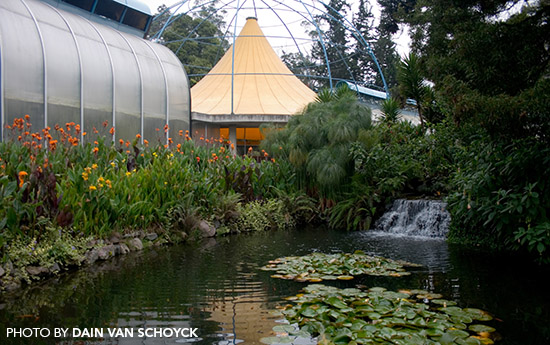The Holbrook Explorer

Exploring Untamed Ecuador with the University of Washington Botanic Gardens
Exploring Untamed Ecuador with the University of Washington Botanic Gardens
As someone who had traveled independently most of her life, Sarah Reichard was surprised how much she enjoyed going abroad with a group. “It’s a very intense experience when you travel with people,” says the University of Washington Botanic Gardens director.
Reichard first traveled with Holbrook to Chile in 2011, then to Cuba, where she will return later this month. “You make friends in a way that you wouldn’t really expect, because you’re sharing so much together,” she says.
In June, Reichard will set out again, this time leading a two-week journey to Ecuador and exploring some of the country’s diverse ecosystems – from the lush rainforest and rich biodiversity of the Amazon, home to more plant and animal species than anywhere else in the world, to the desert-like volcanic islands of the Galapagos.
The itinerary also includes a visit to the Quito Botanical Gardens, whose exhibits include displays on Amazonian plants, ethnobotany, and wetland habitats. A large orchidarium reveals a fraction of the more than 4,000 orchid species found in Ecuador.
Although the program’s primary focus is botanical, Reichard emphasizes that most anyone would enjoy the trip, regardless of their expertise (or lack thereof) in plant life. Even those who aren’t interested in plants will appreciate the culture, wildlife, and landscapes of the country. “It should be an incredibly beautiful place to see, as well as culturally fascinating,” she says.
On a personal level, Reichard says she looks forward to comparing the rainforest of the Amazon to other neotropical ecosystems she’s visited, such as in Costa Rica.
She also is eager to see firsthand the Galapagos' approach to managing non-native species, as her areas of research have included plant conservation and rare and invasive plants. Currently in the Galapagos, there are more than 700 introduced plant species, compared with about 500 native and endemic species. Now more than ever, flora and fauna are very dynamic, she says. “I think it’s interesting to see the resilience of different ecosystems, and just the impact as well.”
She says the Galapagos is a place that’s been high on her “bucket list”: “I haven’t been, but I think there’s probably a reason why everyone that I’ve talked to that’s been to the Galapagos, as well as the Amazon, say that it’s one of the most rewarding experiences of their lives.”
It's not too late to join UWBG in Ecuador and the Galapagos! For more information and a complete itinerary, visit our website.




